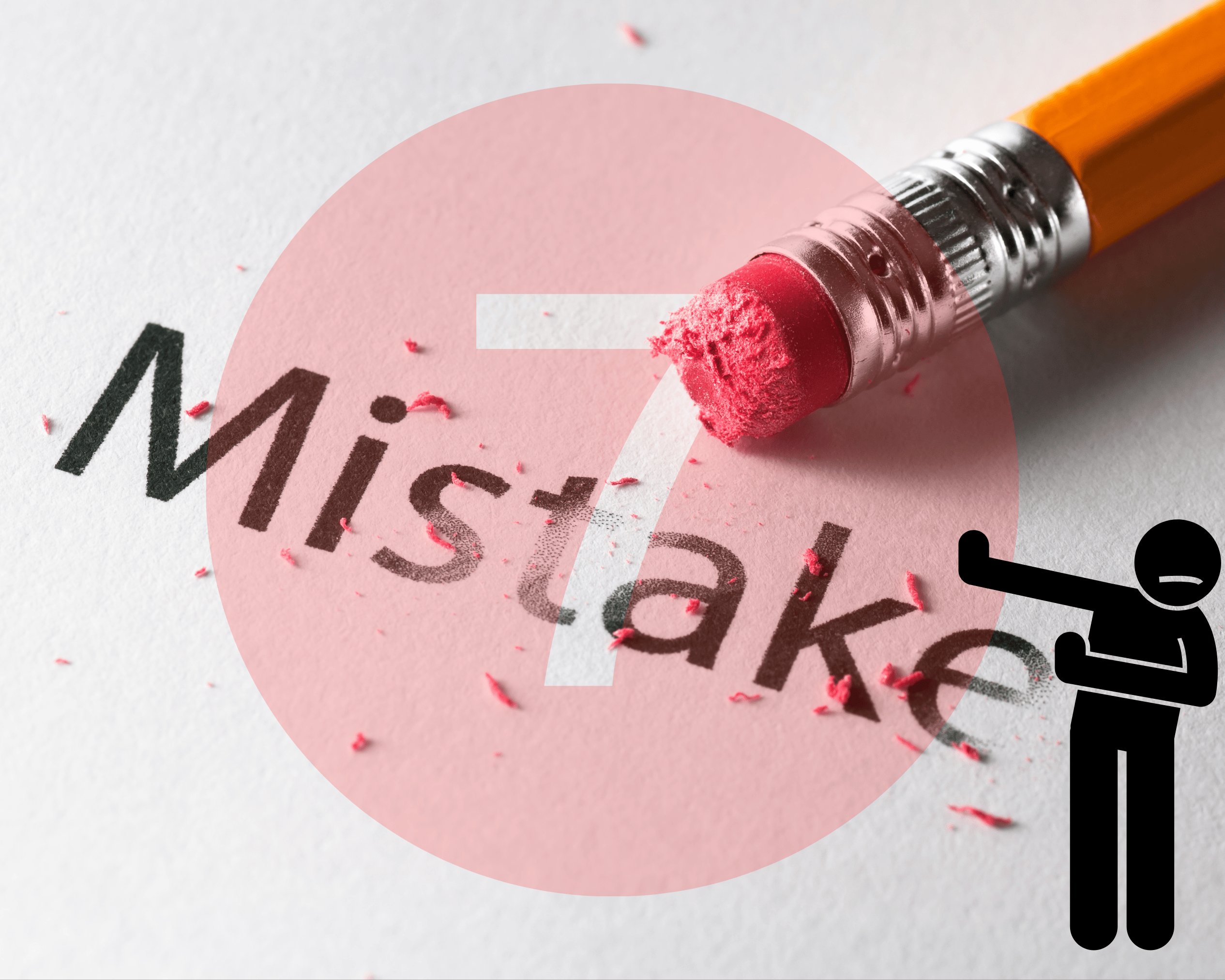When buying or selling a business, how you structure the transaction — as a stock sale or asset sale — can dramatically affect taxes, liability, and long-term outcomes. And with smart tax planning tools like Section 338(h)(10) elections, F reorganizations, and QSBS exemptions, savvy buyers and sellers can often find middle ground that unlocks significant value.
Let’s break it all down.
Stock Sale vs. Asset Sale: What's the Difference?
Stock Sale
In a stock sale, the buyer purchases the ownership interests (stock or membership units) of the business entity directly from the seller(s). The legal entity continues uninterrupted — same contracts, employees, tax ID, and liabilities.
Pros for Sellers:
- Typically taxed at long-term capital gains rates.
- Cleaner exit — no need to split assets or liabilities.
- Potential eligibility for QSBS exclusion (more below).
Cons for Buyers:
- Takes on all historical liabilities (known and unknown).
- No step-up in basis — meaning reduced depreciation deductions going forward.
- Harder to "cherry-pick" only certain assets or business lines.
Asset Sale
In an asset sale, the buyer purchases specific business assets — such as equipment, inventory, goodwill, customer lists, and more — often within a new entity. The original legal entity remains with the seller.
Pros for Buyers:
- Can selectively acquire only valuable assets, leaving behind risky liabilities.
- Can step up the tax basis of assets for depreciation/amortization.
- May get better tax treatment depending on purchase price allocation.
Cons for Sellers:
- May face double taxation if selling a C-corp’s assets.
- More complex: requires assignment of contracts, permits, and licenses.
- May not qualify for QSBS treatment.
The Tax Bridge: Section 338(h)(10) Election
Here’s where things get interesting. Sometimes, the buyer wants an asset sale for tax benefits, and the seller wants a stock sale for simplicity or QSBS.
Enter: Section 338(h)(10).
This IRS provision allows the sale of stock to be treated as an asset sale for tax purposes — if both parties agree. It’s available for certain corporate deals where:
- The target is an S-corp or a subsidiary in a consolidated C-corp group.
- The buyer is a corporation.
Benefits:
- The buyer gets a stepped-up basis in the assets (better depreciation).
- The seller still technically sells stock.
- Can minimize overall tax cost when structured properly.
Caution:
While attractive, 338(h)(10) doesn’t eliminate all seller tax pain — particularly for C-corps. The seller must still pay tax as if it sold the assets, meaning the deal must be priced accordingly.
F Reorganization: The Entity Shuffle That Keeps QSBS Alive
Another powerful but lesser-known tool is the F reorganization, often used when QSBS is at stake.
Let’s say a company qualifies for Qualified Small Business Stock (QSBS) — meaning the seller may be able to exclude up to $10 million in gains from federal taxes. But the buyer wants an asset sale.
Problem: Asset sales kill QSBS eligibility.
Solution: F Reorganization.
An F reorg is a type of tax-free corporate restructuring under Section 368(a)(1)(F) where the selling company is reorganized into a new entity, with the exact same ownership and structure. It allows the original entity to survive in a way that lets:
- The seller retain QSBS eligibility (by selling stock).
- The buyer acquire the business via a new entity and treat it as an asset purchase for tax purposes.
Often combined with a "double drop-down" structure, this allows both sides to win on taxes — but it must be done before the deal closes.
QSBS: The $10M Tax Exclusion You Can’t Ignore
Qualified Small Business Stock (QSBS) under Section 1202 is one of the most powerful tax breaks in the U.S. tax code — but it only applies to stock sales.
To qualify:
- The stock must have been issued by a C-corporation.
- The corporation’s assets must not have exceeded $50M at the time of issuance.
- The shareholder must have held the stock for at least 5 years.
- The company must be in a qualified trade or business (not finance, health, hospitality, etc.).
If these conditions are met, up to 100% of capital gains on the sale of stock (up to $10 million or 10x basis) can be excluded from federal tax.
But QSBS is fragile. If you sell the assets instead of stock — or convert from C-corp to LLC — you risk blowing the exemption. That’s why many sellers push hard for stock sales when QSBS is on the table.
Bringing It All Together
Here’s a simple way to think about it:
- Buyer wants depreciation + lower risk = Asset sale or 338(h)(10) election
- Seller wants capital gains treatment + QSBS = Stock sale or F reorg before asset sale
- Deal needs to satisfy both parties = Use 338(h)(10) or F reorganization + drop-down
- Seller owns QSBS stock = Avoid asset sales without F reorg
Final Thoughts
The way you structure a deal — stock vs. asset sale — isn’t just legal semantics. It can affect millions in taxes, post-closing risk, and future depreciation.
Whether you’re a buyer trying to protect your downside and improve tax outcomes, or a seller looking to preserve QSBS benefits and minimize exposure, tools like 338(h)(10) elections and F reorganizations offer creative pathways to get deals done.
Always consult legal and tax advisors before closing, and consider platforms like Clearly Acquired to help model the impact of different structures before you sign.







.png)






















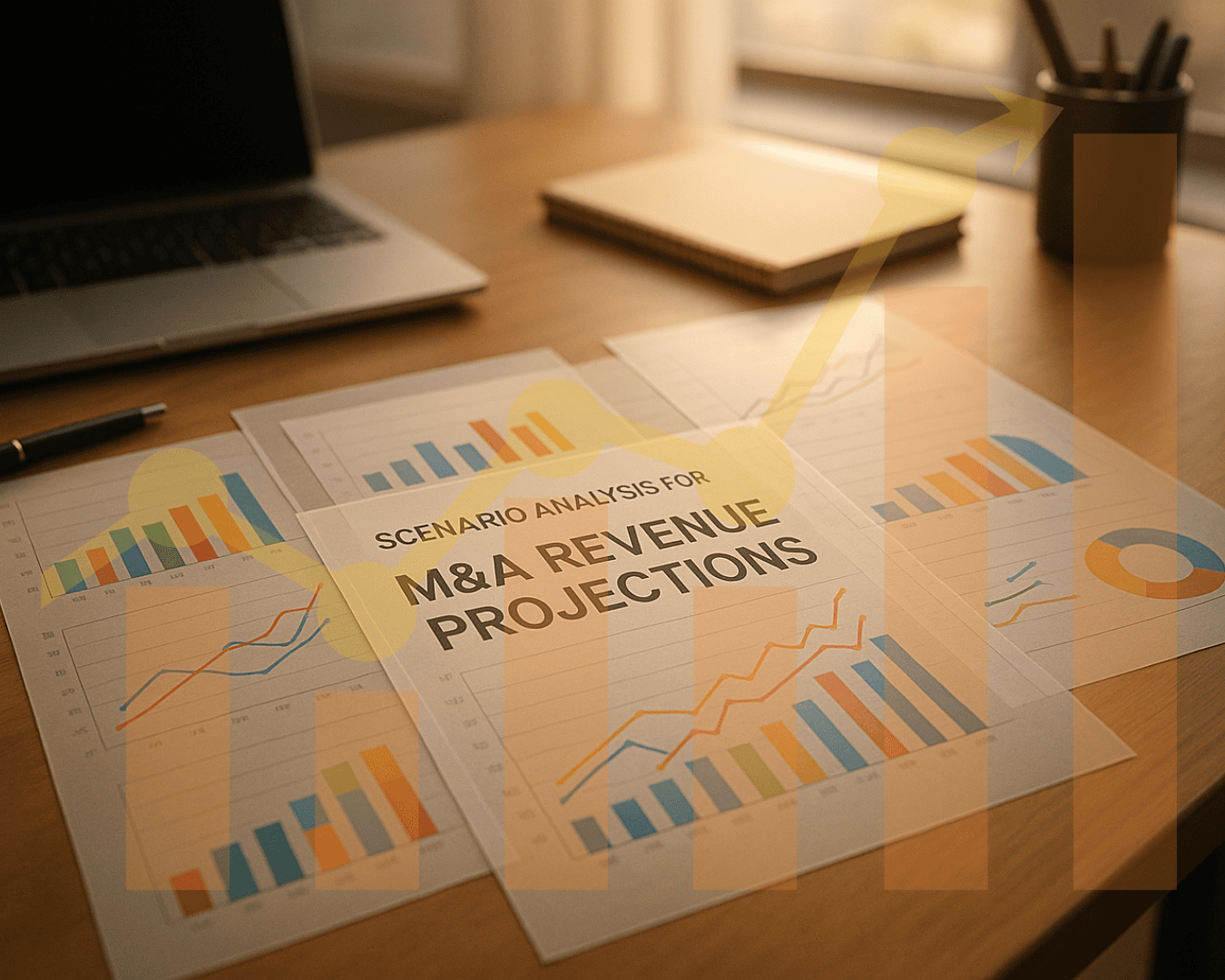





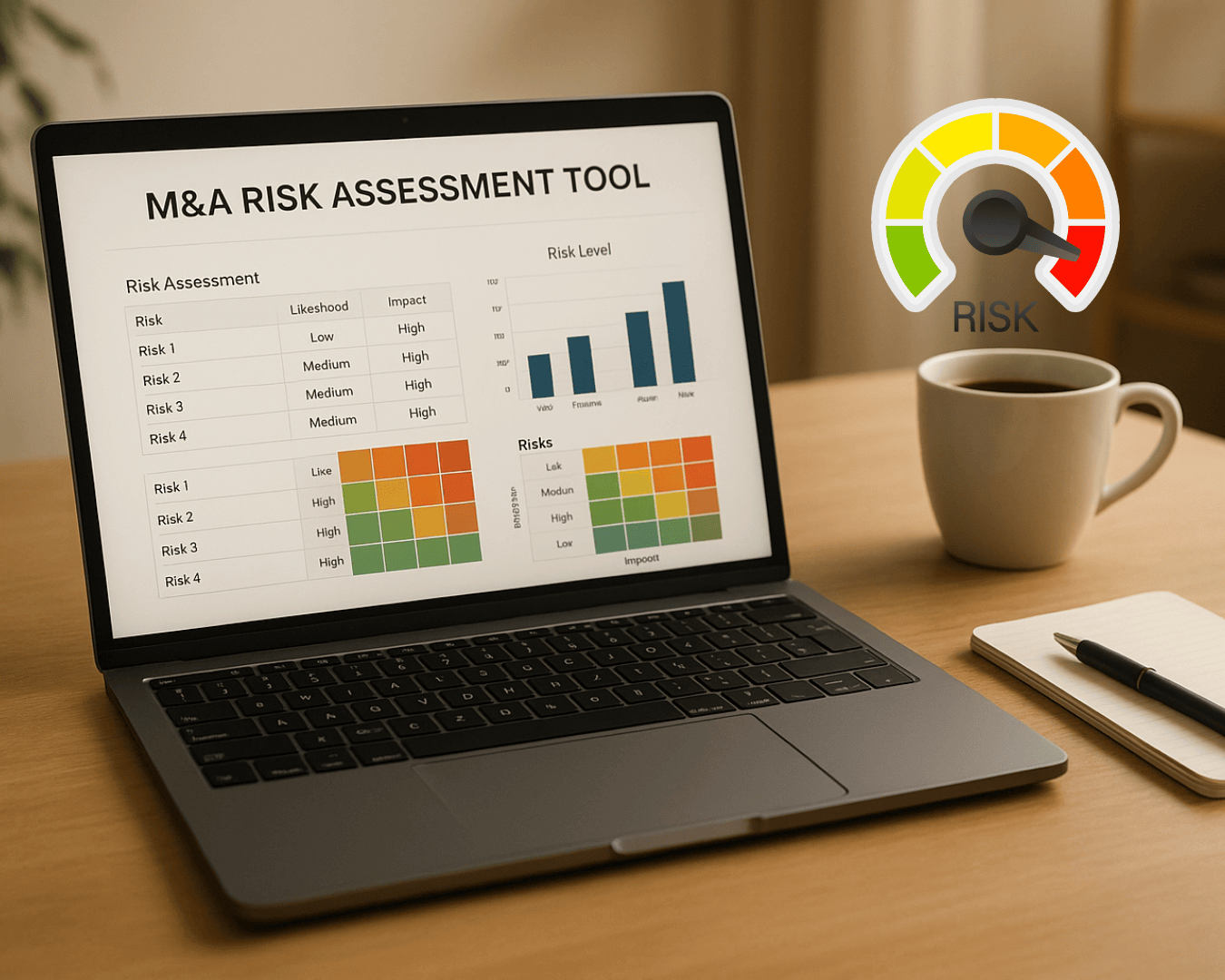

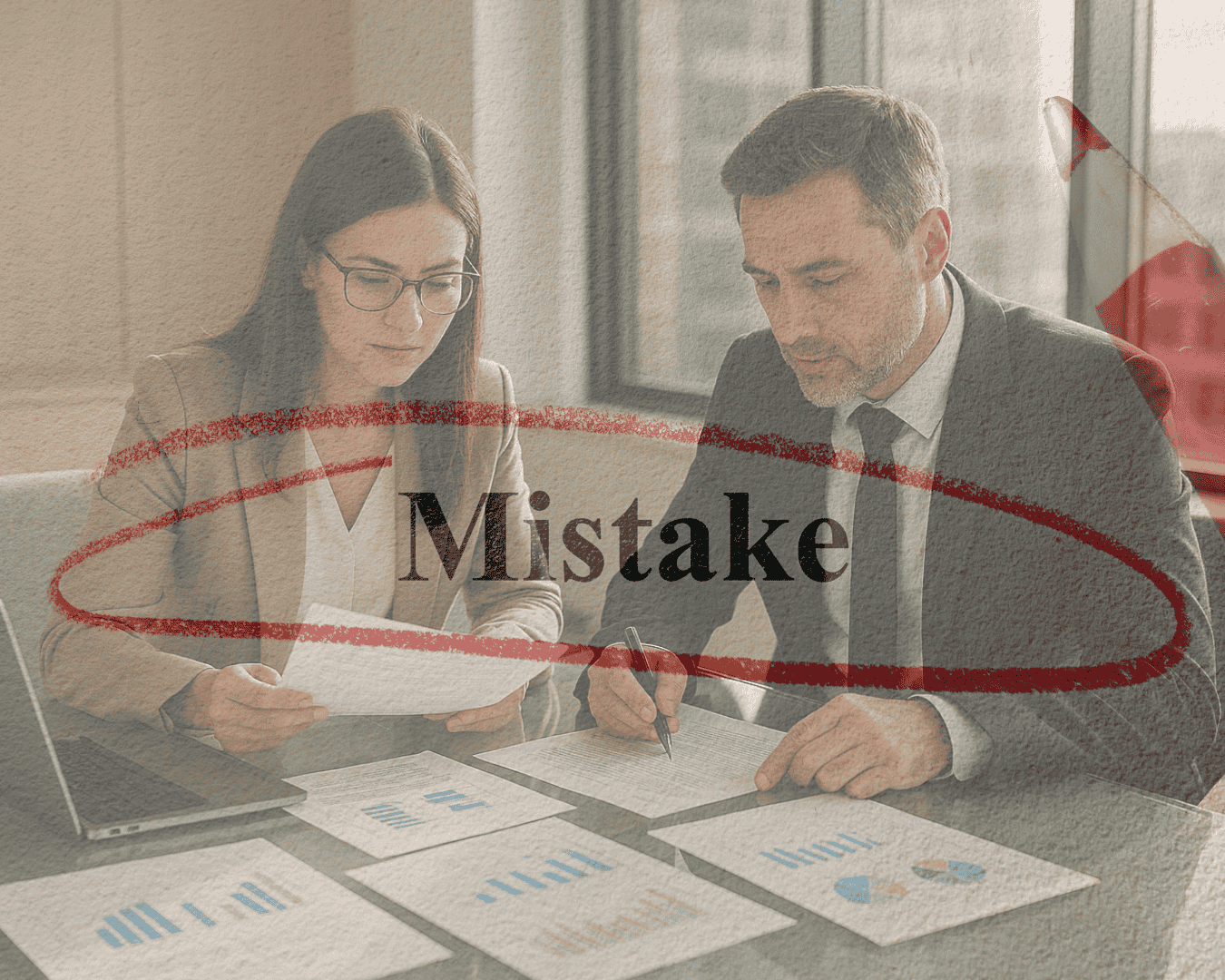
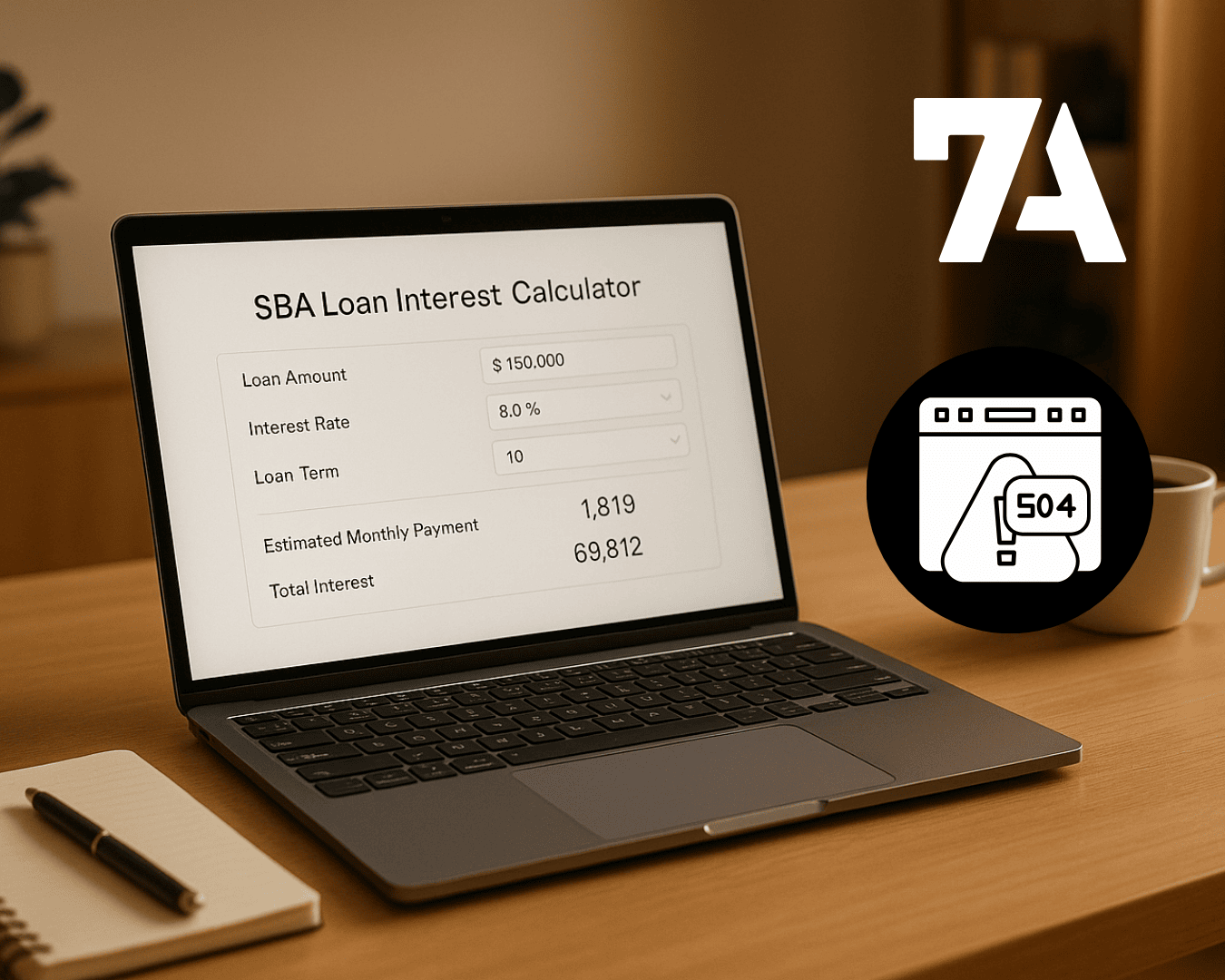








%20Loan%20Application%20Checklist.png)
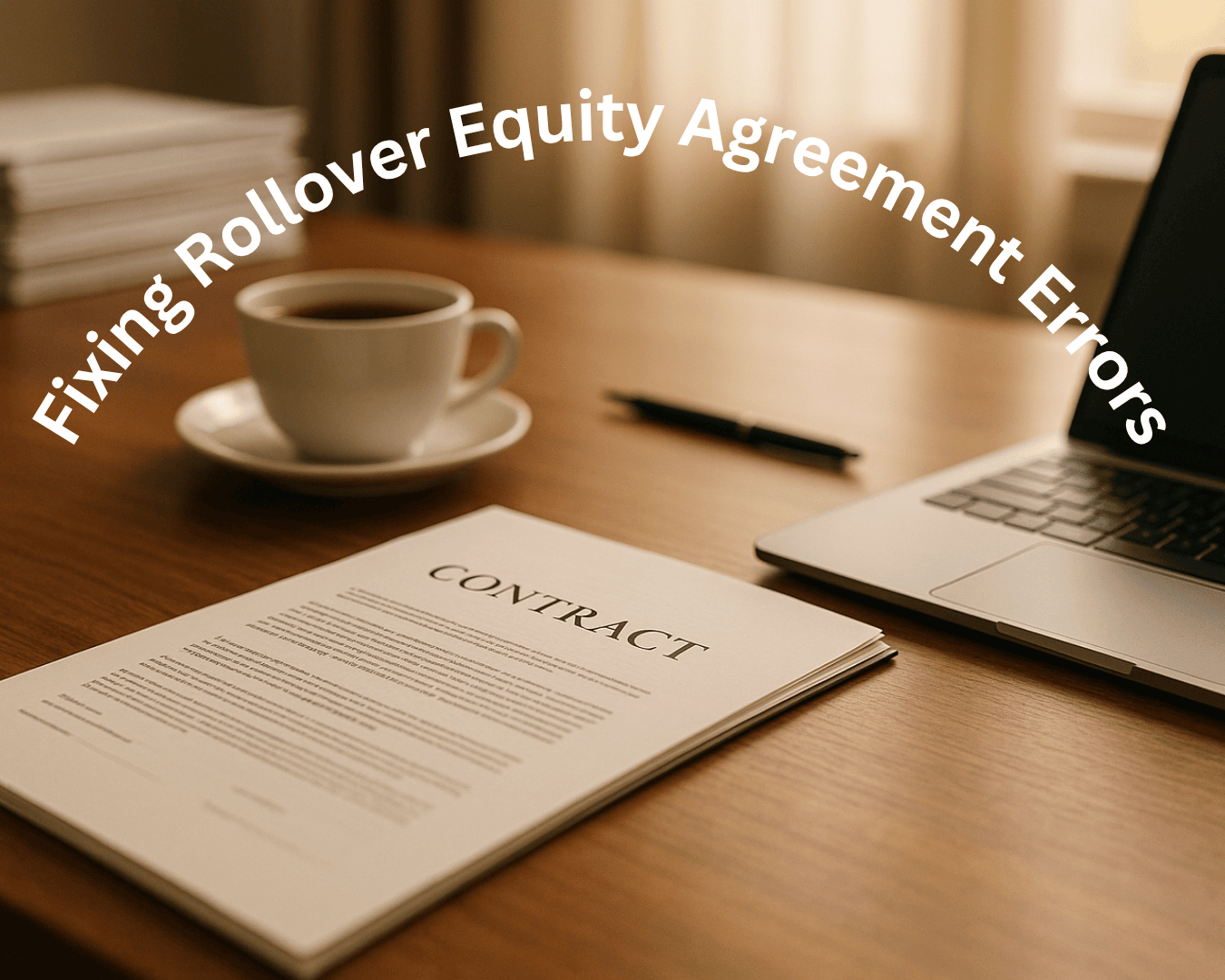
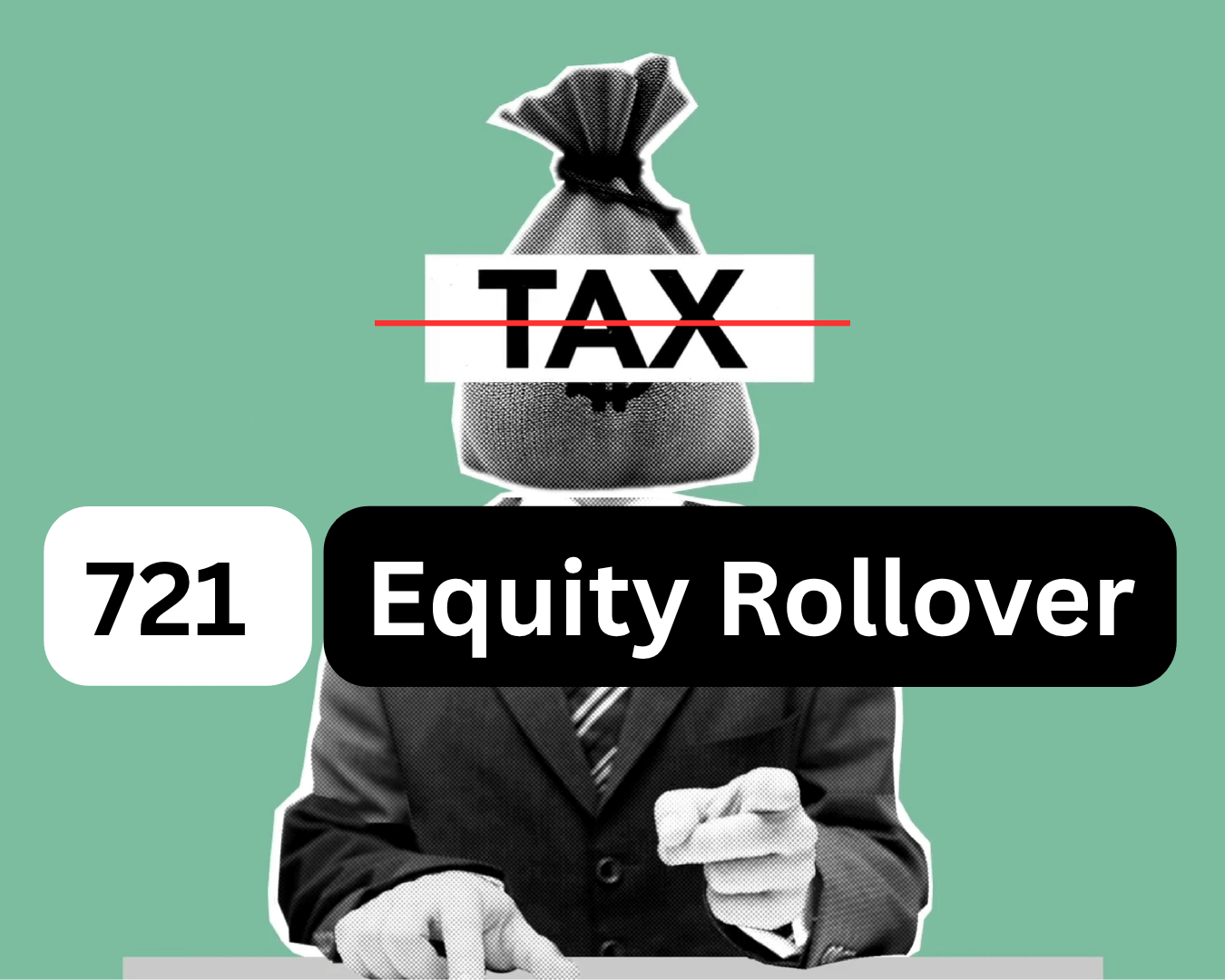















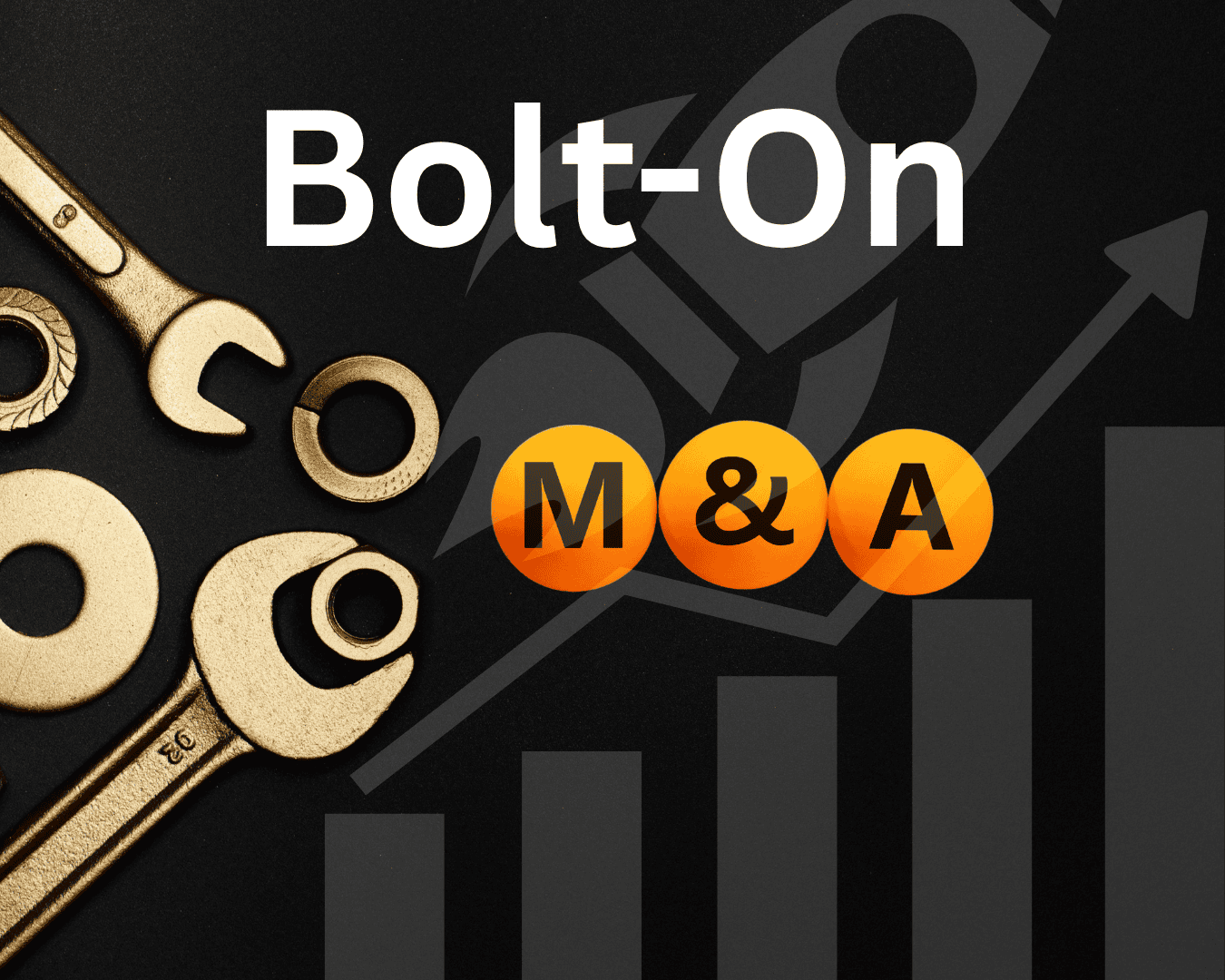










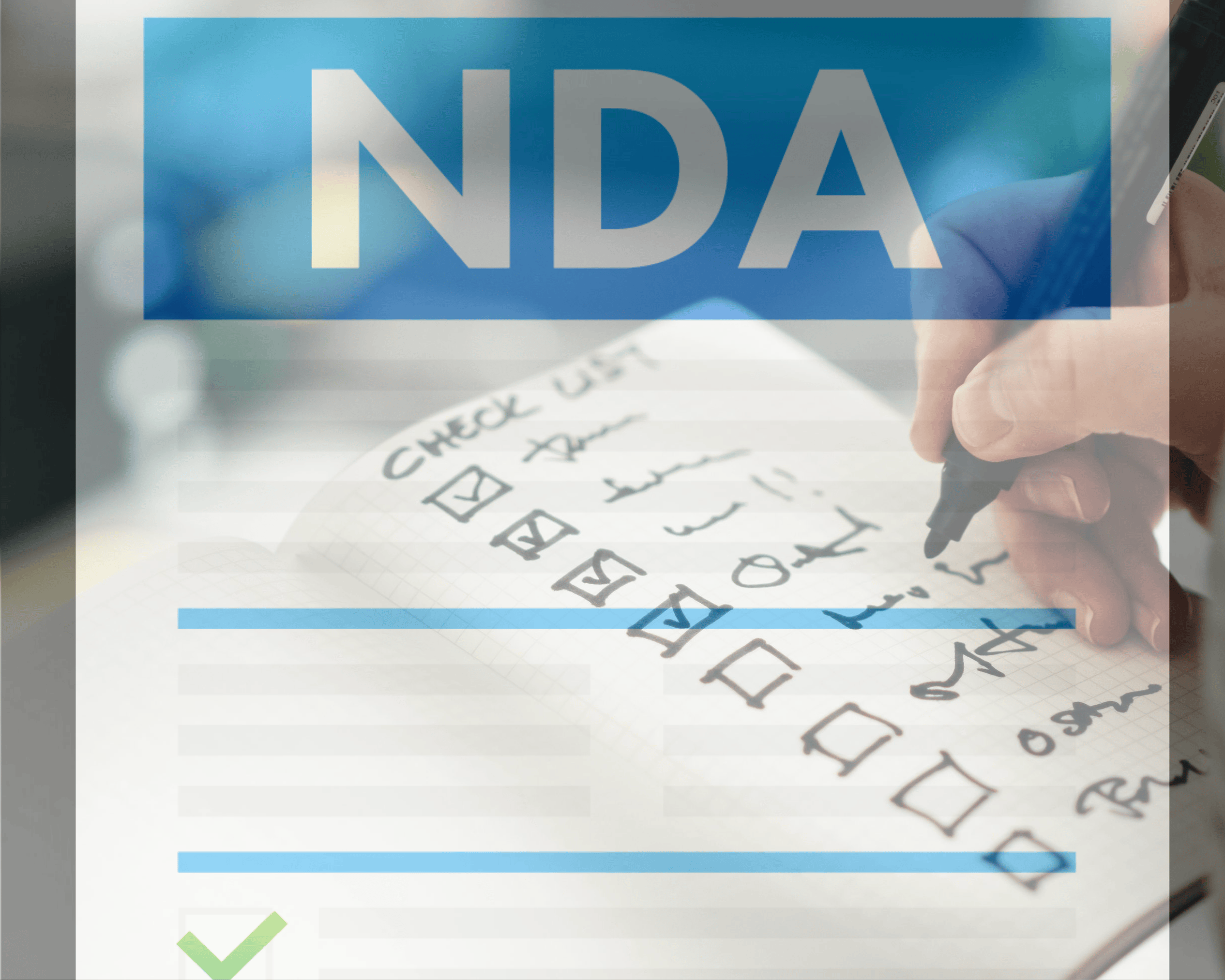

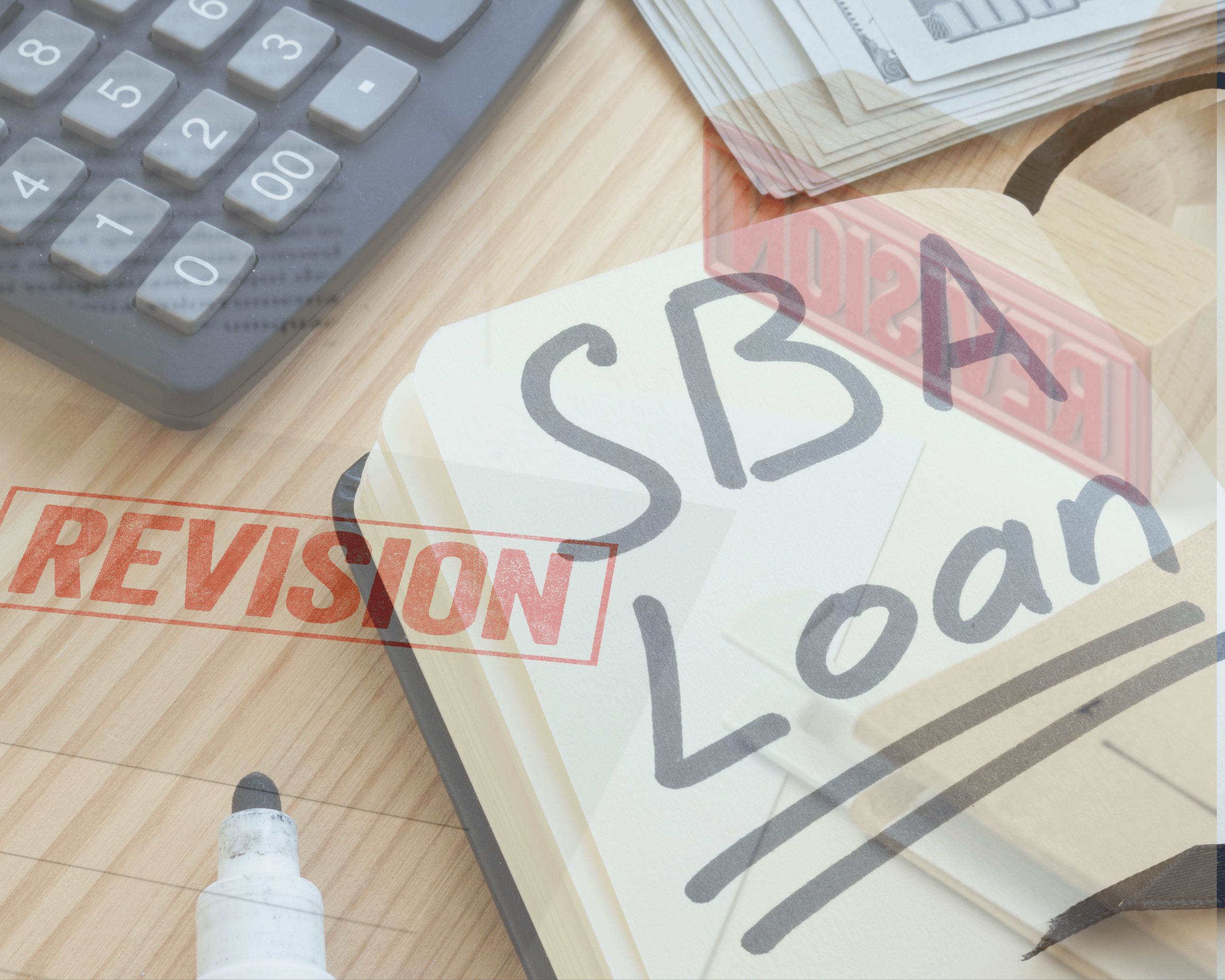








.png)
%20Loans%20%26%20Your%20Buy-Side%20Edge.png)



